20 of July 1942 Simpson Harbour, Rabaul was alive with action. Two high-speed freighters (Ryoyo Maru and the Ayatosan Maru) were ready to depart with an invasion force of soldiers and supplies. At 8pm they departed in convoy with a protection party of two Navy cruisers and two destroyers.
7pm the following evening the invasion force arrived off the beaches of Gona and Buna on the northern coast. The escorting destroyers instantly began to bombard the beaches. As darkness fell a landing party began coming ashore unopposed. The Australians and Papuan Infantry Battalion (PIB) who were in the area had chosen to remain hidden to confirm high command that the word of the Japanese landing was confirmed.
By the morning 22 of July, nine hundred Japanese infantries were on the beach at Gona along with engineers, artillery and four hundred labourers from Rabaul to be used as carriers. At the Buna beach four hundred and thirty Naval Marines and support units had also landed unopposed.
It was not long before these battle-hardened Japanese troops, whom had never suffered a defeated in any battle, were marching inland towards Kokoda. Their initial assignment was reconnaissance to determine if an advance on Port Moresby was practical.

